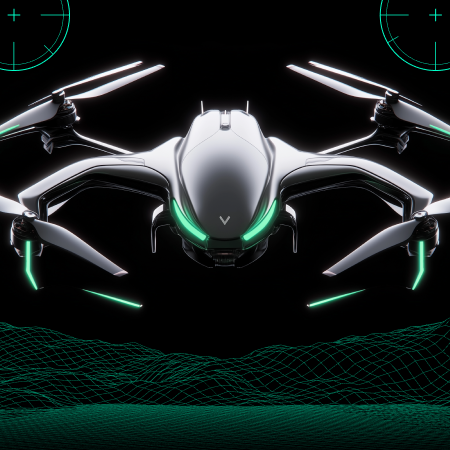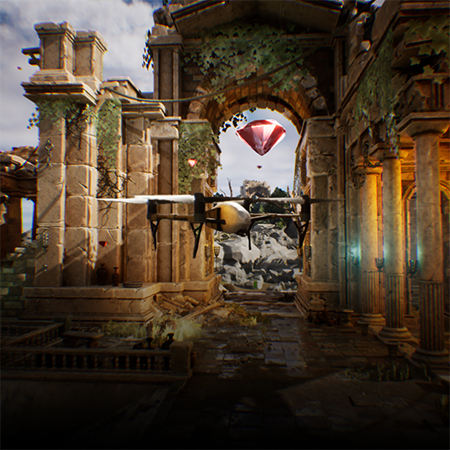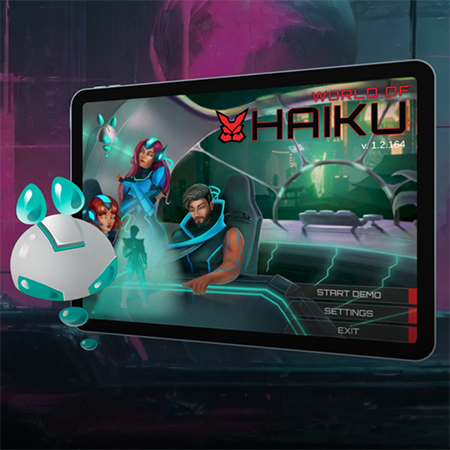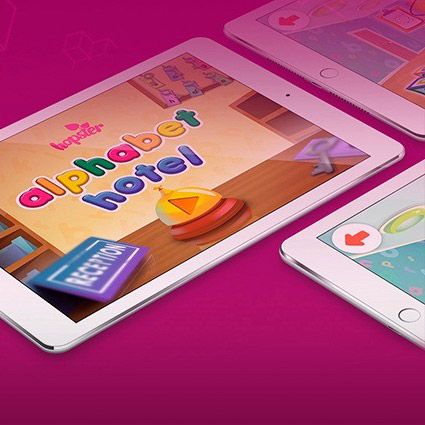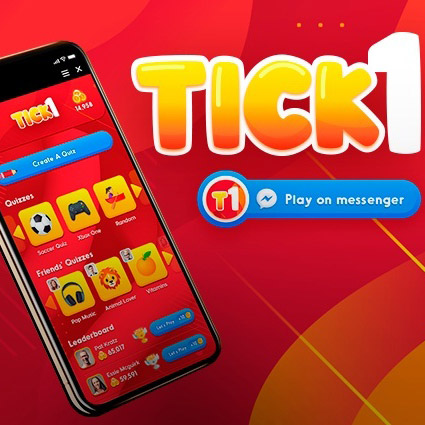Today the industry experiences a series of innovations that considerably simplify both the consumption and development of certain digital products. With modern technologies introduced by Epic Games in the 5th generation of their Unreal Engine, developers already reap multiple benefits that ease their pain during the production stage.
However, what about the end-user? Easy. Unreal Pixel Streaming is the answer. This technology, first implemented in Unreal Engine 4.27, relieves the burden of a user’s device, be it a smartphone, tablet, or PC, by rendering heavy 3D scenes on a cloud virtual machine. Hence, UE Pixel Streaming has already become a cutting-edge solution for many web apps.
With multiple Unreal game development services on the market, you can efficiently invest resources and get a top-notch app powered by similar technologies so that your customers won’t ever experience lagging. From this article, you’ll learn about Pixel Streaming in Unreal Engine as well as how your project can benefit from using it.
What Is Pixel Streaming in Unreal Engine? — Tech Insights
In a nutshell, Pixel Streaming allows applications built in Unreal Engine or integrated with its system to render their graphics on cloud virtual machines powered by Nvidia and AMD GPUs. With this technology onboard, your software solution will demand less computing power from an end user’s device because the heaviest workload takes place in the cloud, not directly on a client’s smartphone, tablet, or laptop.
So, how does Pixel Streaming Unreal work from a developer’s perspective? According to Unreal Engine documentation, this solution allows you to run a packaged UE app on a desktop PC with a small stack of web services included in the engine.
That’s why your users can connect with the help of any modern web browser from any device and stream the rendered frames or audio. So another value here presupposes that they don’t need to install any additional software to enjoy the privilege of witnessing smooth 3D scenes. Isn’t it a breakthrough solution for both consumers and creators?
Unreal Pixel Streaming Overview
Real-time computer graphic streaming is already becoming a new trend in the industry. Unreal’s Pixel Streaming isn’t the only solution available. There are also Nvidia GeForce Now and Google Stadia — technological solutions with a similar functionality yet meant for other purposes.
In contrast to technologies created mainly for cloud gaming, Pixel Streaming is a solution created for simplifying the consumption and development of graphics-demanding 3D content usually displayed on interactive websites. Under the hood, Pixel Streaming allows the exchange of data between the client and a service provider with the lowest latency.
Nevertheless, the only downside to this solution involves a heavy dependence on the network connection. Since the interaction between a client and a cloud service occurs via the internet, if its speed is low or unstable on a user’s side, the software powered by Pixel Streaming can be run with issues and uncontrolled data transmitting potential.
UE4 Pixel Streaming
Since the Unreal Engine 4.27 Pixel Streaming version, this technology has already simplified the workload on a high number of projects requiring heavy 3D scene rendering. From video games to car configurators or interior design apps — product development as well as consumption processes are made more straightforward and simple.
Despite a somewhat simplification of the software development process, the true force of Pixel Streaming in Unreal Engine 4 and 5 unquestionably comes down to a maximally user-friendly consumption of virtual content on the internet. Since customers worldwide no longer have to keep their devices updated, the software optimization process is now more efficient, as developers don’t need to care so much about the polycount of 3D scenes.
Unreal Engine 5 Pixel Streaming
Compared to this technology in the game engine’s 4th generation, UE5 Pixel Streaming hasn’t received major updates, but now it’s just more widespread and supported by any device out there. Interestingly, this technology can be compared to video streaming on Netflix or YouTube, with the only exception that users can directly interact with anything going on inside a 3D scene.
Not a less notable improvement for Pixel Streaming in Unreal Engine 5 is that it now supports all the latest innovations introduced with the 5th game engine’s generation. Among them, the most prevalent are the Nanite virtualized geometry system, RTX Global Illumination, DLSS, etc. And all this inside a smartphone, with visuals rendered somewhere in the cloud!
Unreal Engine Pixel Streaming Examples
By now, it’s already no secret that you can create Unreal Engine applications run on a remote system and output to a client’s web browser. Yet what are Pixel Streaming Unreal examples? To put it simply, you can develop product configurators, broadcast samples, or work on any other software requiring real-time rendering, and all the hardware-dependent processes will occur somewhere in the UE cloud.
With Pixel Streaming, you can build interactive website elements using front-end tools like HTML5, and you won’t even need any serious hardware to work in a smooth as well as the bug-free environment. There’s even a React.js Pixel Streaming Unreal Engine, so your front-end developers can quickly get familiar with the technology and start creating stunning interactive 3D websites.
The industry may know multiple examples of where and how to apply Pixel Streaming, as far as the imagination goes. From gaming to big architecture projects, where users need to interact with high-poly and graphics-demanding objects from web browsers, this technological solution solves a broad spectrum of issues for all parties.
![]()
Game-Ace As Your Unreal Engine Ally
As a leader in custom game development with 17 years of practical experience and 200+ successful games delivered, we can quickly become your guide throughout any technology introduced by Epic Games or beyond. Our Unreal Engine developers know the platform inside out, and the most skilled 3D artists are capable of producing high-quality content for your future game.
Be sure to contact us and get immediate feedback regarding your project. Don’t be in two minds for too long since the industry never lingers!
 Unlocking Cinematic Quality in Unreal Engine 5.6: Insider Tips from GameDev Industry Pros
Unlocking Cinematic Quality in Unreal Engine 5.6: Insider Tips from GameDev Industry Pros  How to Develop an Endless Runner Game in Unreal Engine: A Step-by-Step Guide
How to Develop an Endless Runner Game in Unreal Engine: A Step-by-Step Guide  The Best Game Engines: Research from Game-Ace Specialists
The Best Game Engines: Research from Game-Ace Specialists  Unity vs Unreal: Two Main Game Engines Compared by Game-Ace
Unity vs Unreal: Two Main Game Engines Compared by Game-Ace  Unreal Engine 4 vs 5: Evolution in Game Development
Unreal Engine 4 vs 5: Evolution in Game Development 











